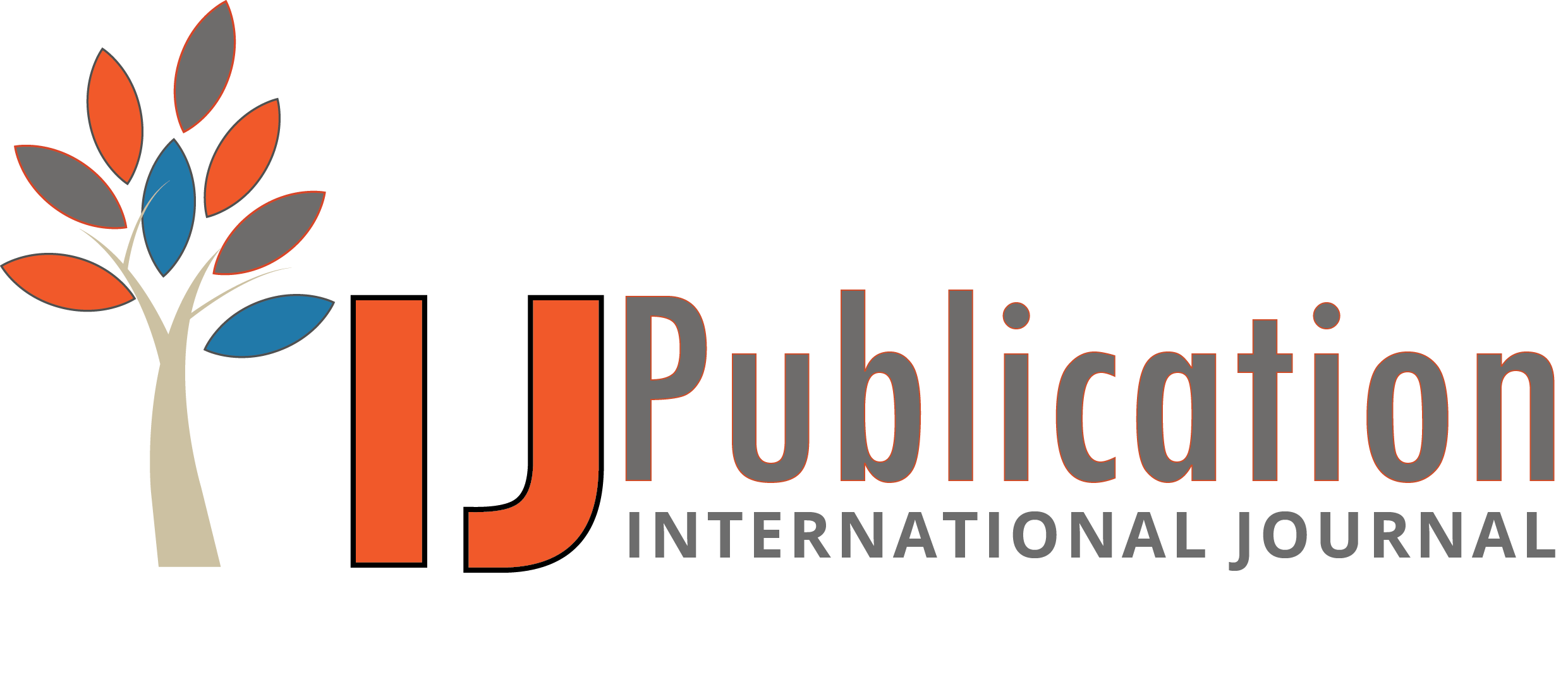Ramya Ramachandran Reviewer
15 Oct 2024 05:36 PM
 Approved
Approved
Relevance and Originality
This research article addresses a crucial area of concern: water quality monitoring, which is increasingly significant given the rising environmental challenges worldwide. The incorporation of IoT, machine learning, and geospatial technologies represents an innovative approach to enhancing data-driven assessments of water quality. By highlighting the integration of these technologies, the study not only showcases originality but also emphasizes the relevance of utilizing modern solutions to tackle traditional problems in water quality management. The potential implications of these advancements could lead to substantial improvements in water resource management, making the study both timely and impactful.
Methodology
The article outlines a solid methodology that effectively combines IoT, machine learning, and GIS technologies to assess water quality. The mention of specific machine learning models, such as support vector machines and neural networks, demonstrates a well-thought-out approach to data analysis. However, a more detailed explanation of the methodologies employed in integrating these technologies—such as the data collection processes, sensor deployment strategies, and specific algorithms used for analysis—would enhance the reader's understanding. Providing clarity on how data is processed and interpreted in the context of water quality monitoring would strengthen the methodological rigor of the study.
Validity & Reliability
The validity of the research is supported by the integration of established technologies and methodologies in water quality monitoring. The use of IoT sensors for real-time data generation and machine learning for predictive analytics adds credibility to the findings. Nevertheless, the article would benefit from a discussion on the reliability of the data sources and the accuracy of the machine learning models employed. Including validation techniques, such as cross-validation or comparisons with traditional water quality assessment methods, would enhance the robustness of the results and reassure readers about the accuracy of the proposed solutions.
Clarity and Structure
The structure of the article is coherent, with a logical progression from the introduction of the problem to the proposed technological solutions. However, certain sections could be clearer, especially in defining technical terms and concepts related to IoT and machine learning for readers unfamiliar with these fields. Additionally, using headings and subheadings to break down the various components of the study would improve readability and navigation. Visual aids, such as charts or diagrams depicting the integration of technologies in water quality monitoring, could also enhance clarity and engagement for the audience.
Result Analysis
The result analysis in the article effectively emphasizes the advantages of integrating IoT, machine learning, and GIS technologies for water quality monitoring. It highlights the potential for improved accuracy, cost-effectiveness, and actionable insights for decision-makers. However, the analysis would be strengthened by including specific case studies or examples of successful implementations of these technologies in real-world scenarios. Discussing the limitations of current methods and identifying areas for future research would also provide a more comprehensive understanding of the topic and guide further advancements in the field.








Ramya Ramachandran Reviewer